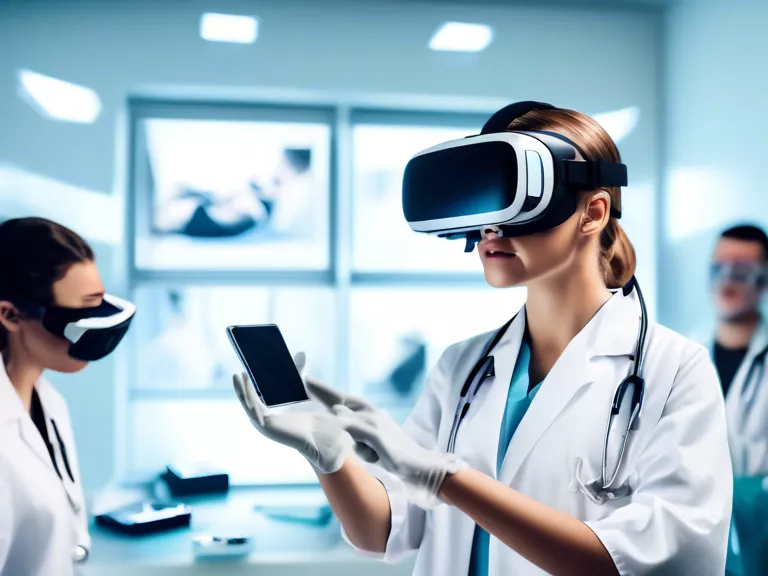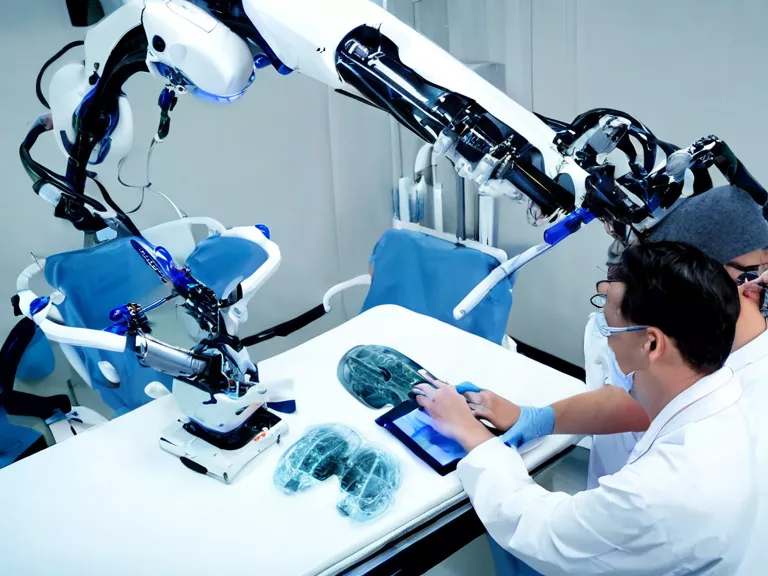
Virtual Reality in Medical Training
Virtual reality has revolutionized the way medical professionals are trained. With the ability to simulate real-life scenarios in a safe and controlled environment, VR offers a unique opportunity for medical students to practice and perfect their skills. From surgical procedures to patient interactions, VR has the potential to significantly improve the quality of medical education and enhance patient safety. This article explores the benefits of integrating virtual reality in medical training and its implications for the future of healthcare.
One of the key advantages of using virtual reality in medical training is the opportunity to practice surgical procedures in a realistic setting. Surgeons can perform complex operations in a virtual environment, allowing them to hone their skills and improve their techniques before ever setting foot in an operating room. This not only improves the quality of care provided to patients but also reduces the risk of medical errors during actual surgeries.
In addition to surgical training, virtual reality can also be used to simulate patient interactions. Medical students can practice communicating with patients in a variety of scenarios, from delivering difficult diagnoses to providing emotional support. This helps to develop their empathy and bedside manner, crucial skills for healthcare professionals.
Another benefit of virtual reality in medical training is the ability to customize training programs to meet the needs of individual learners. Students can repeat simulations as many times as necessary until they feel confident in their abilities, without putting patients at risk. This personalized approach to education ensures that medical professionals are well-prepared for the challenges they will face in their careers.
As technology continues to advance, the possibilities for virtual reality in medical training are endless. From virtual reality anatomy lessons to interactive patient case studies, VR has the potential to revolutionize the way medical professionals are educated. By embracing this innovative technology, medical schools and training programs can ensure that their students are well-equipped to provide high-quality care to patients.
Glass of Win
Smile to Africa Adventure
Monika Brodka
USS Oriskany
Literati2
Penny Hardaway
Designed in Finland
Refiza
Dan Rodimer
Local Savage
ATW Traveler
Marcel Theroux
Kemble Gallery
Cronk's Oakridge
El Horizontal
Em Cada Pagina
Iroko Designs
La Fonda Mexican Restaurants
Layton Bio
Nanjing Expat
Richard YT
Righting Food
Shkodra Daily
Merabsp
pfoto rzd
Esculturasy Monumentos
Warren Indiana
Jintara Fan Club
fted cruz
Khamag Mongol
Military Art Company
beavtrav
Belum Lama
Blue Rooster Food Company
DJ Vibe
eugene the brand
hennypalooza.com
hillsideornamentals.com
Komik Gratis Online
matsunoyanotsuma.com
mix4max.com
sharingourfoodadventures.com
thebestbedlinenintheworld.com
thegrayandorange.com
toronto-restaurants.com
yamato-movie.com
Scoops Ice Cream Truck
Uncover Studios
Fc Lupopo
Toci Lamart



